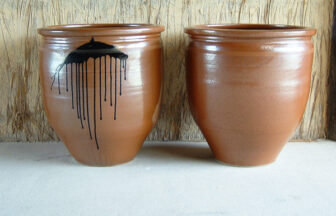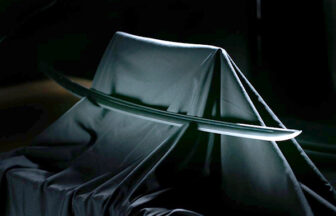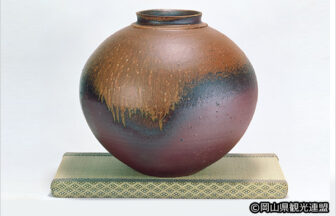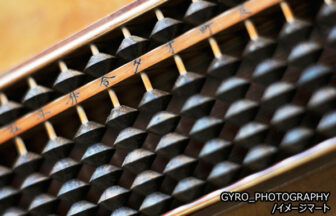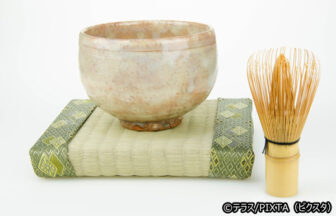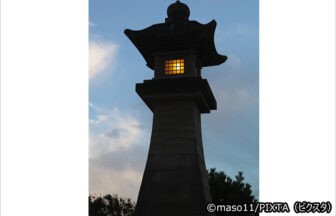Production Area
Gotsu City / Oda City / Hamada City, Shimane Prefecture
Historical Details and Geographic Characteristics
With the construction of Hamada Castle at the start of the Edo period in 1619, tile setters were invited from Osaka, and their guidance regarding the process from tile manufacturing to installation is considered to be the origin of sekishu-gawara (sekishu roof tiles).
Sekishu-gawara, characteristic of its red tiles, arose in the 1800s when craftsmen from Iwami decided to try their hand at creating roof tiles. Akin to iwamiyaki, the high-quality locally produced clay is fired at high temperatures and coated with kimachi glaze, resulting in solid and robust sekishu roof tiles able to withstand heavy snow and cold regions. Originally, only massive climbing kilns made it possible to fire the tiles at high temperatures; however, despite tiles presently being fired in tunnel kilns, this method remains a source of high quality for baking at high temperatures in tile production areas.
Spanning the Edo period and Meiji periods, these superior roof tiles were transported via Kitamaebune ships in the regions along the coast of the Sea of Japan, thus expanding their shipping routes. The shipping port on the Hashi coast in Gotsu City was bustling with wholesalers and brokers until the prewar period.





